CREW 223 – 08/03/2020 Art Report – Aurélien Mure
What a hard job for a scientist/engineer like me to let the hidden artist take some space.
Photography can be a good bridge from technicality to art. I have started it a few months ago and it is really pleasant to see my progress. The technical aspect of photography is the first barrier but not too hard for me, considering my profile. Digging into art, personality and inspiration is a much harder task. I started with classical photos, wide angle, low modification in post treatment. MDRS campus is an amazing field of improvement for a beginner. The interesting subjects are so numerous that at some point I feel inspired to capture the essence of a scene.
To start with technical details, I use an old Canon EOS 1100D. I have a basic 18-55mm lens and a zoom. I like to work on deep pictures with multiple angles. That is why I use a 75/300mm zoom lens. I like how it emphasizes the details of an object like here with a dark picture of our battery test for the suits. I was working with Luc on the suits for a while and taking time to play with lights during the test charging phase helped me to enjoy the moment shared with Luc.
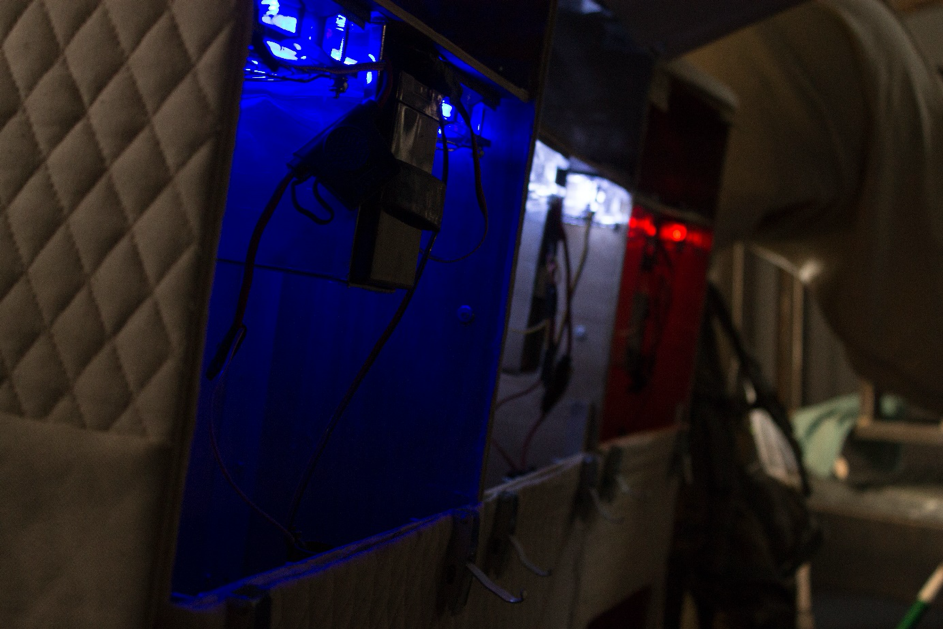
In EVA, it is not easy to frame the objects as I do not have always a direct view in my pointer. That is why well framed pictures are rare and then rewarding.
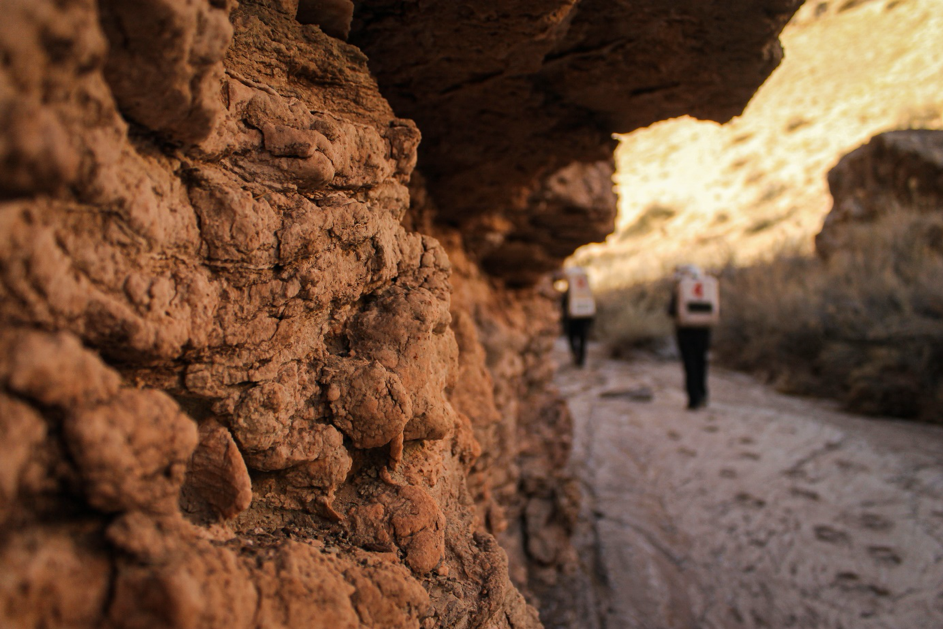
It’s hard not to be focused at 100% on moving moments and take time to think about the camera.
I am not satisfied with the lights and color results of the picture but I like the way it underlines the feelings of the situation as 222 and 223 prepared the mission all together, as a group of 14 friends instead of two 7 members crews.
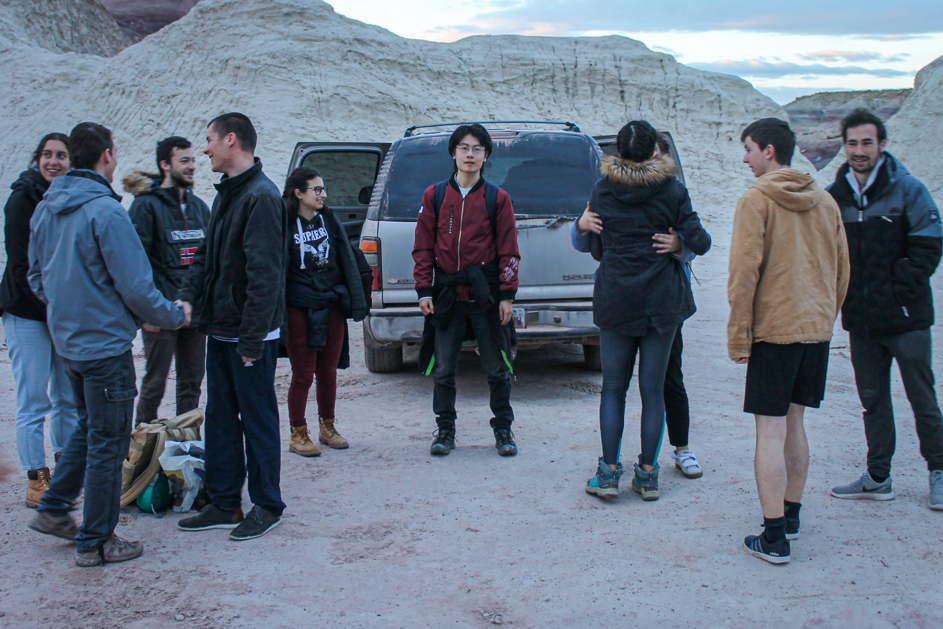
In contrast to unveil the reality, photography can create the illusion, can make people think in front of a picture. Looks like a satellite view of dunes but in fact the whole picture covers less than 50x50cm. Once the reality fades away, the door is opened for the imaginary to give life to objects.
I did not notice at the first sight the shape of a turtle in the rock and it is through the camera that I saw it. I chose the best angle to make this turtle live and the result is satisfying.
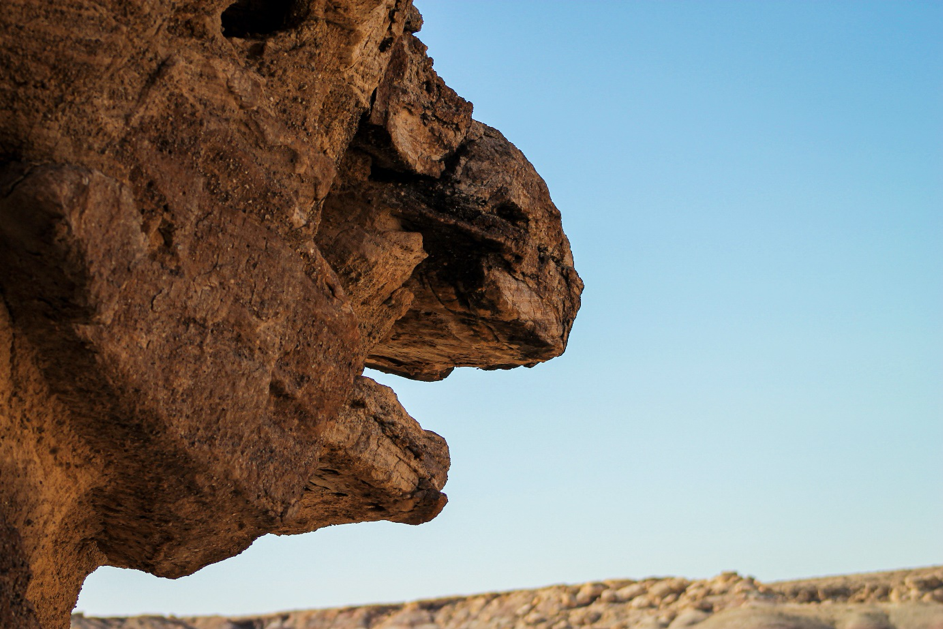
I learned how to be ready, to react and observe. I wanted to show respect to the nature as I have to introduce to the public the beauty and fragility of the campus biodiversity without disturbing it. I cannot ask an antelope to pose for me and I cannot move a plant if the light configuration is not optimal.
Taking picture can be seen from the outside as a risk not to enjoy the moment, not to be here at 100%. But I truly disagree, it is a way both to feel things and to think beyond what we see. It makes me able to be focused on the scene, to take a step back on what I am currently experiencing and to dive deep into imagination and interpretation. I love to enhance the poor but amazing biodiversity of the campus.
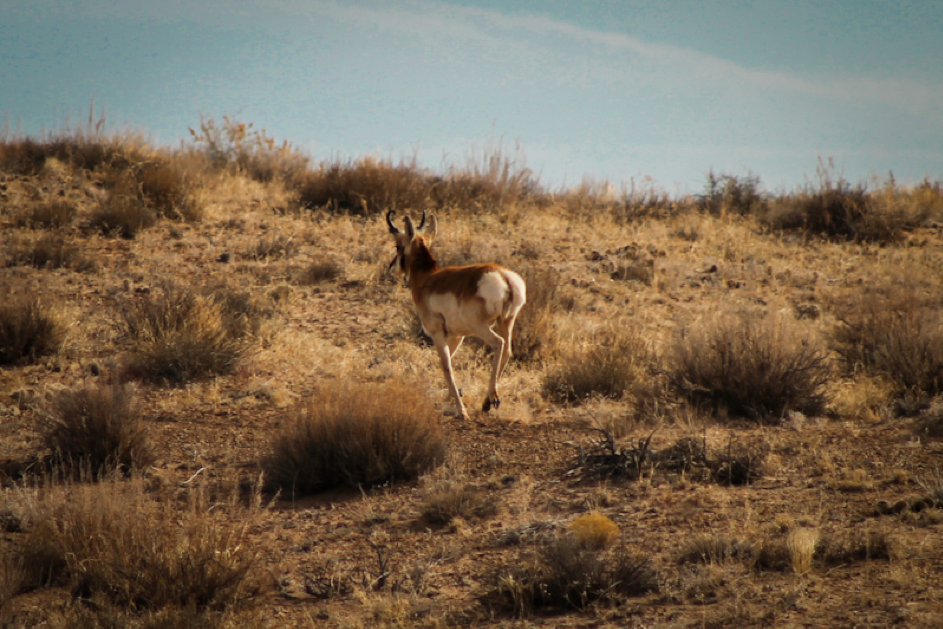
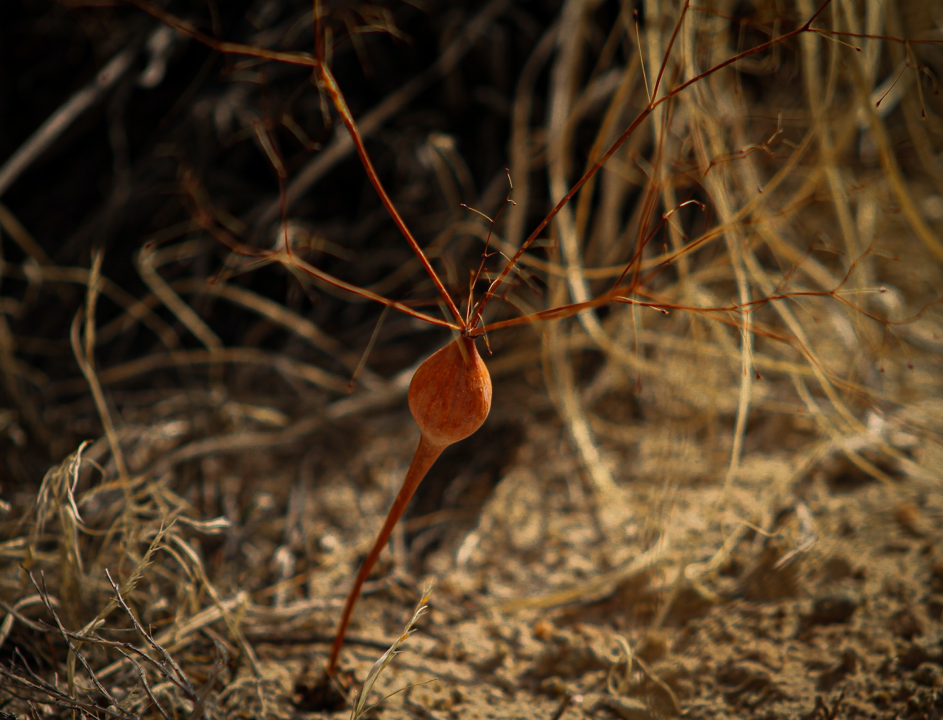
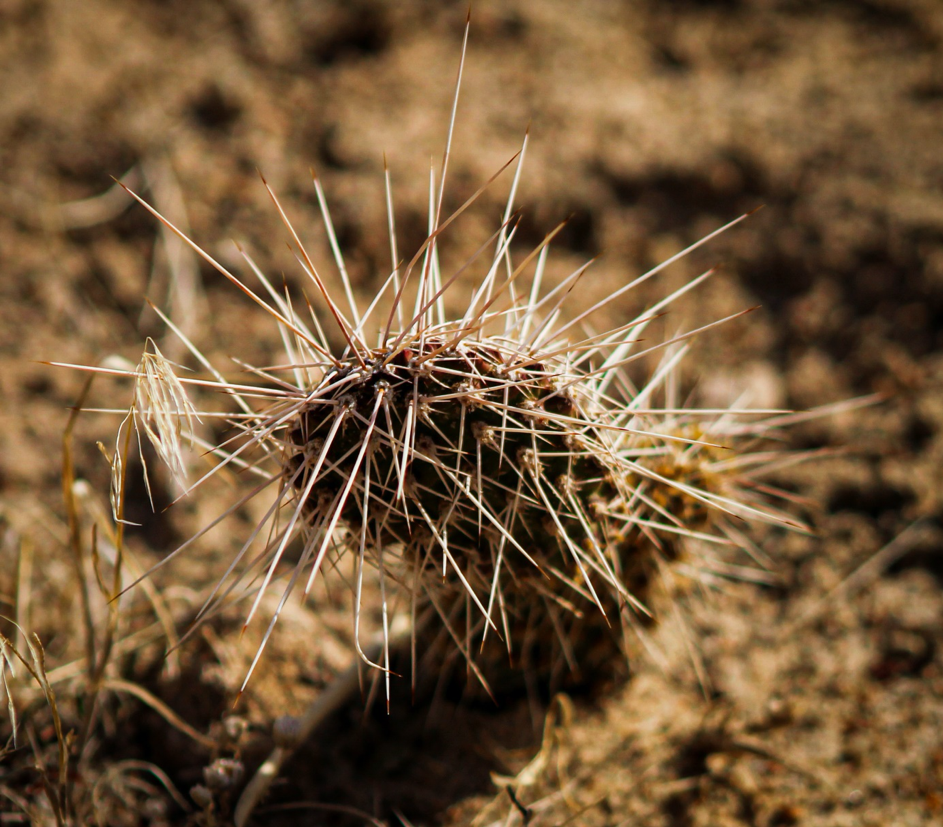
I quickly realized that my best pictures, or the ones I prefer are those who play with alignment and geometry. For my first EVA I captured the alignment of the suits, which is satisfying for the eyes. I tried to take interesting angles, to find the hidden alignments and to play with perspective. It is helping me focusing in EVA, staying alert. I use LightRoom to work on the pictures to enhance the colors or the light. I try not to use it too much not to modify the experience I am living.
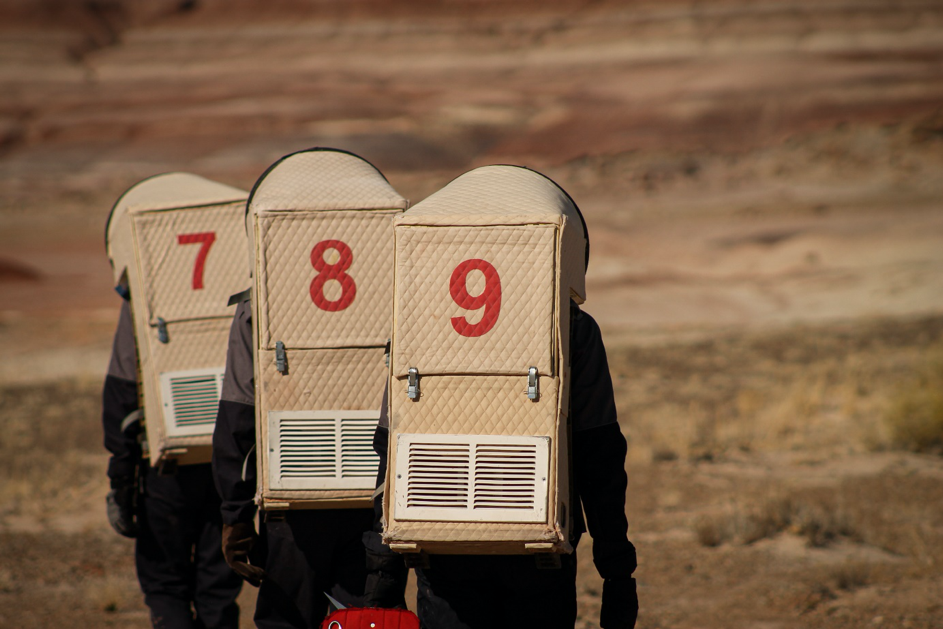

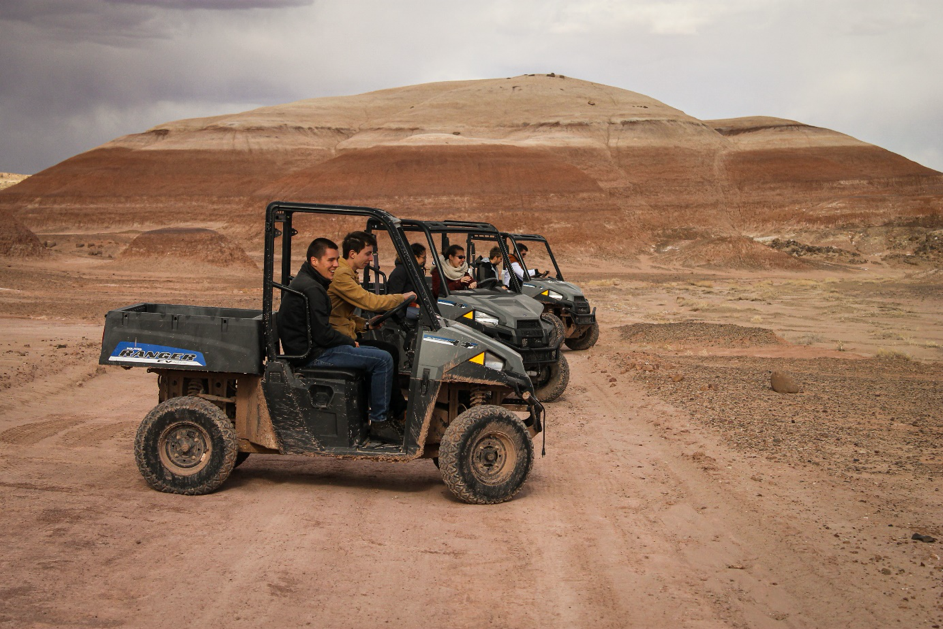

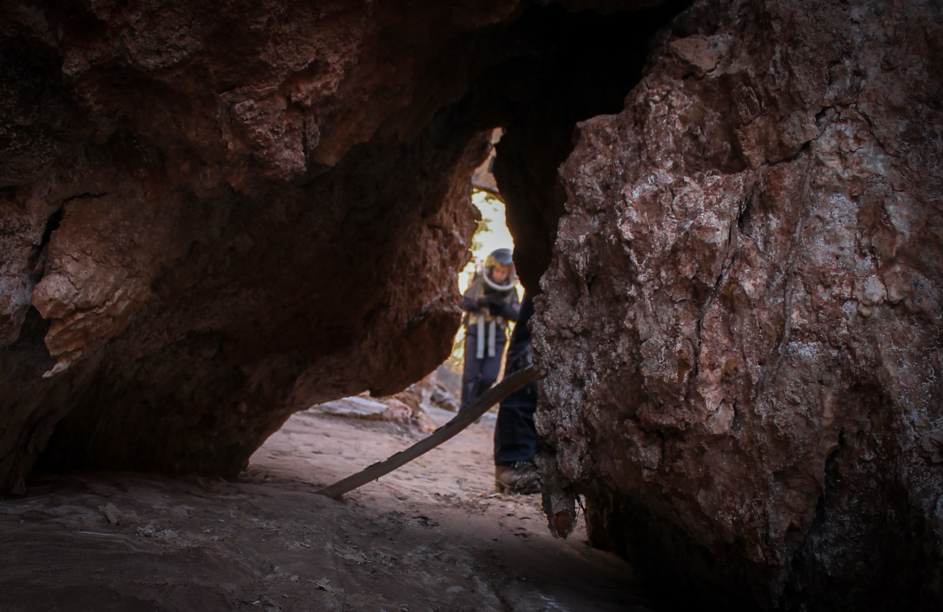
This is not something I would have done with my 206 mission, but I am truly happy to try a creative report. It made me think about my way of taking picture and I helped me defining my one style. I did not notice that I was found of geometrical alignment before writing this down. In a context of confinement, opening my mind out of the daily routine to take a step back on our experience here.
Jérémy, my commander at that time gave me the will to start photography, and I want to thank him warmly for that.


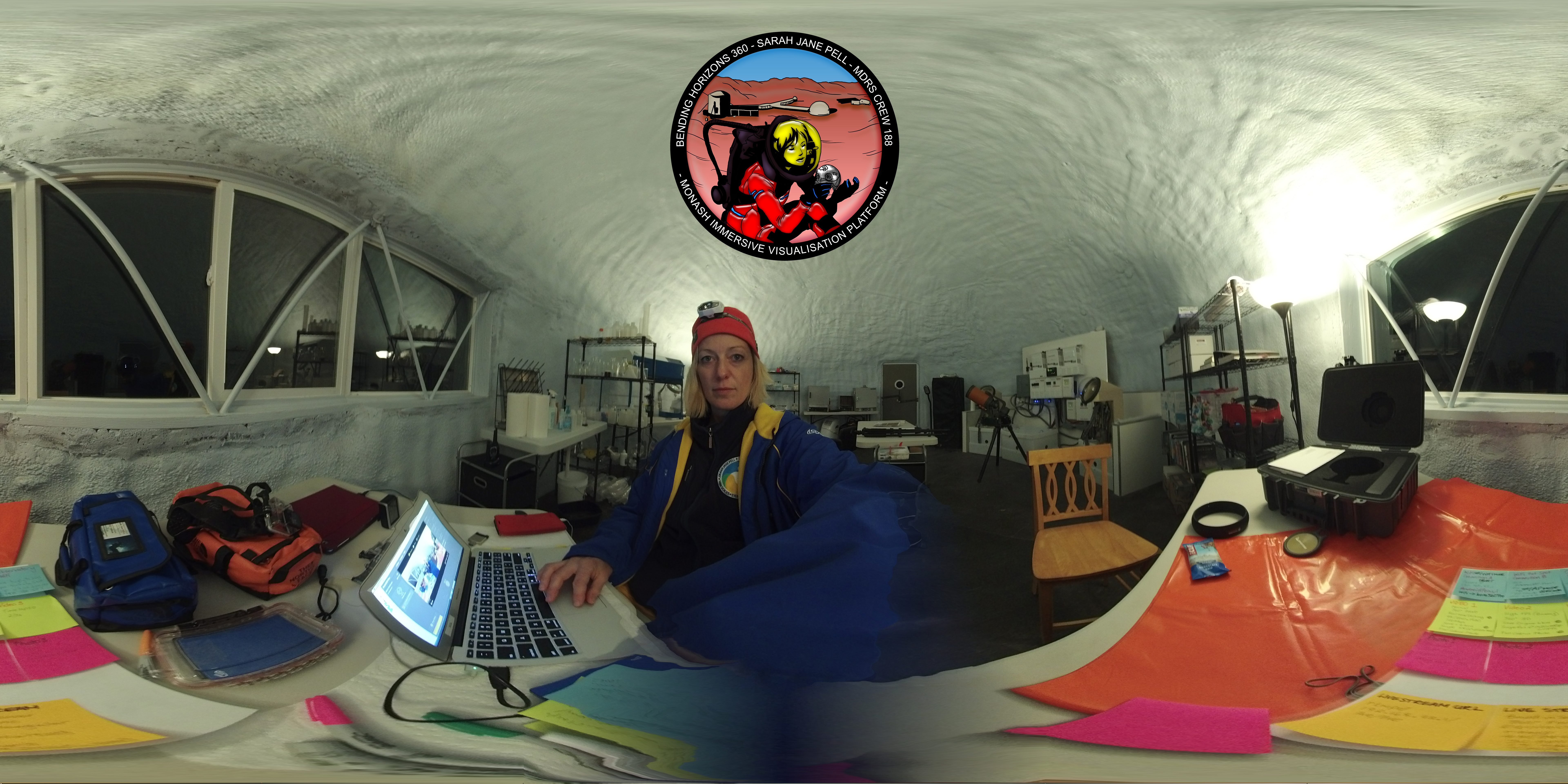
You must be logged in to post a comment.